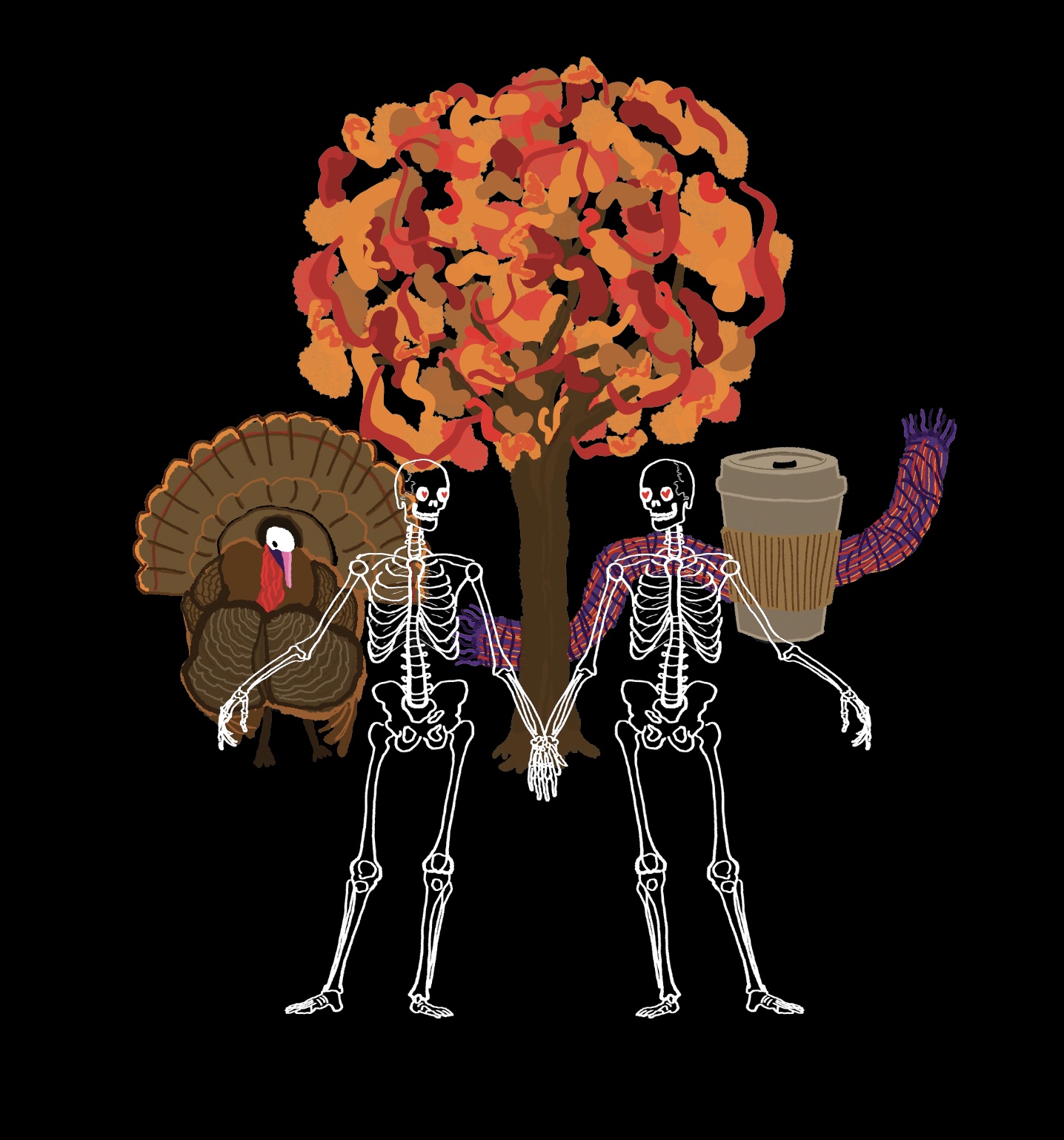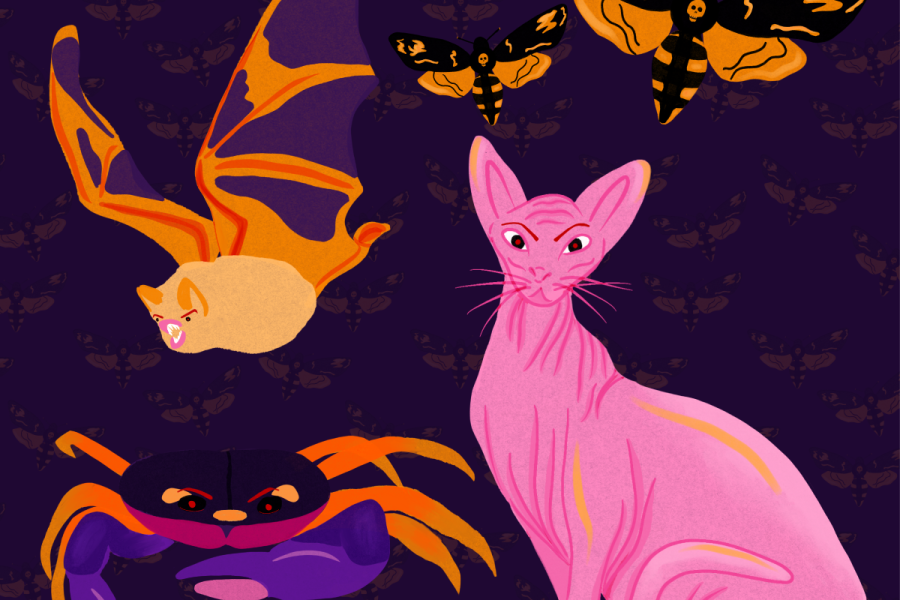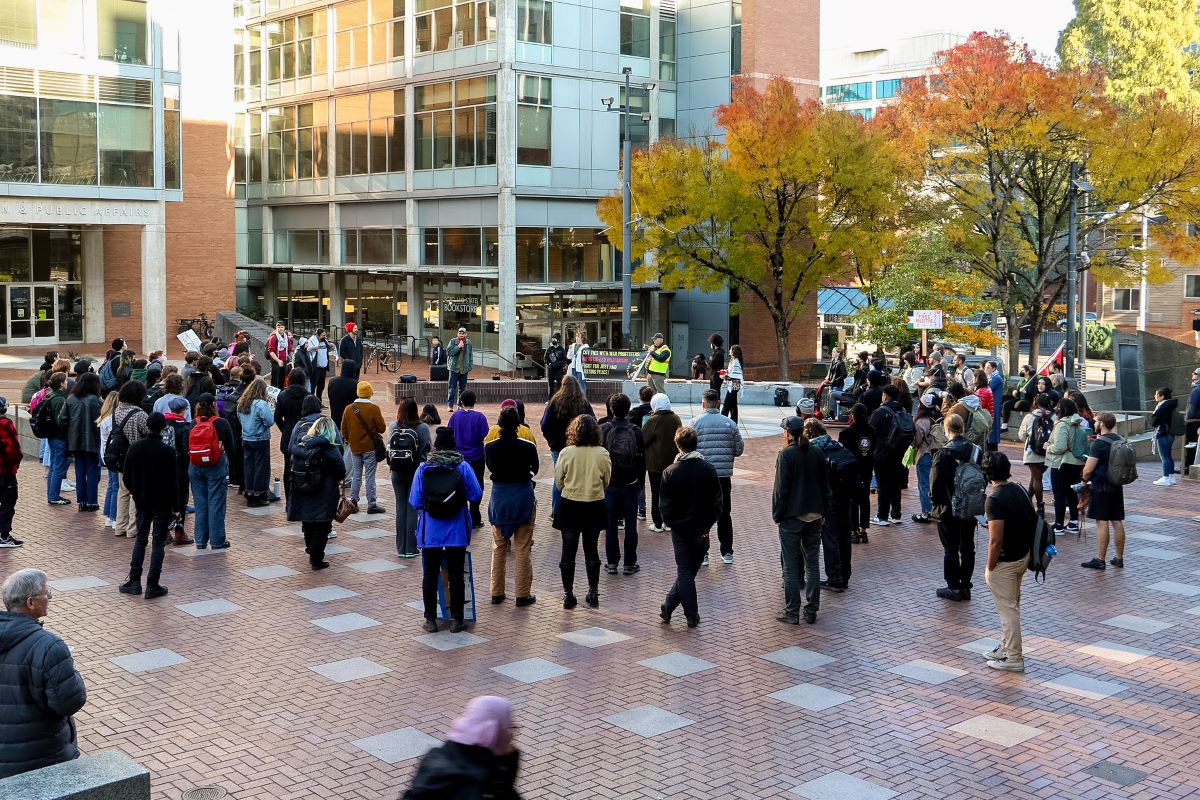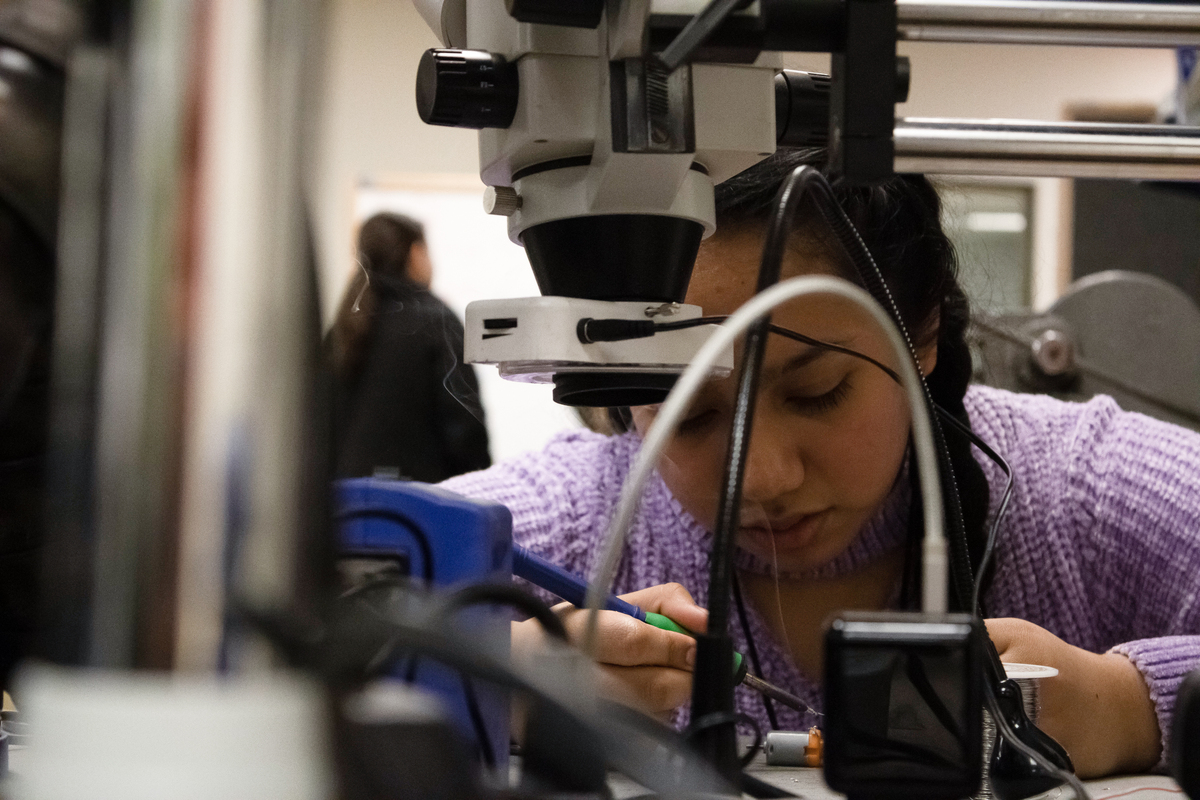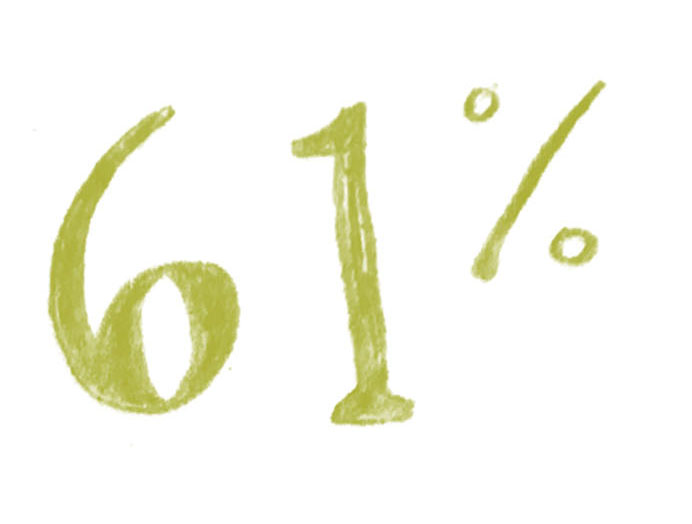What the hell is spooky season?
In recent years, Halloween has seemed to break out of its late October shell and gradually come to cast its shadow over the entirety of the fall season, dubbed spooky season. This year, Halloween megastore Spirit Halloween opened its doors on July 29, a full three months before Halloween.
Head into any department store in late July or early August, and you’re sure to be confronted with rows upon rows of plastic jack-o-lanterns and witches’ brooms in the seasonal section—in a similar fashion to the Christmas Creep phenomenon, Halloween seems to start earlier and earlier every year.
The good people at Slate have called out this phenomenon. “I just have trouble understanding why it’s different enough from good old Halloween to require its own annoying name,” stated Heather Schwedel, a Slate staff writer. “Does all of this pumpkin patch frolicking and haunted house visiting not fall under the banner of Halloween, or, if you must… the ‘Halloween season’?”
Well said, Schwedel. Well said.
The issue isn’t with Halloween. “It’s spooky season that’s the problem,” Schwedel stated. “How did Halloween, which has been celebrated for hundreds of years, suddenly morph into spooky season?”
Indeed, one must ask themselves how Halloween—a B-tier holiday at best—overtook the entire period from late July to Oct. 31. Like a phagocytic cell eating all other single-celled organisms in its path, Halloween has malignantly grown from one day in October to a monthslong grotesquerie of steaming cauldrons and dancing skeletons.
This outsized focus on Halloween risks sidelining the other parts of the season which make autumn great. There are plenty of other fall seasons besides spooky season, including cozy season, cuffing season, hoodie season and pumpkin spice season, according to The New York Times.
Perhaps the emphasis on Halloween—and consequently spooky season—is just a cynical capitalistic cash grab. According to the National Retail Federation, Halloween-related spending is expected to reach a new high of $12.2 billion, surpassing last year’s $10.6 billion. Halloween is profitable, and all those spooky knick-knacks you see on store shelves are a great way to make extra revenue in the fall months.
Halloween is an intensely marketable holiday, after all. Think of all the iconic Halloween images and characters which have suffused our culture, such as vampires, werewolves, zombies, glowing pumpkins and gurgling potions. It’s hard to imagine another holiday with such varied and commercially successful branding. How many Christmas costumes can you think of?
However, is that what we’ve relegated the fall season to? Cheaply made, mass-produced costumes and kitschy decorations? What happened to the simple things—the changing of the leaves, the smell of hot apple cider, the first pumpkin spice latte of the season?
Just as we have fought against the encroachment of Christmas into November, so too we must fight the rapid expansion of the Halloween season. This time, however, instead of the sound of Mariah Carey invading grocery store speakers on Nov. 1, it may very well be the “Monster Mash” playing come July 29.
Is this the future we want for ourselves? For our descendants? How will we explain to future generations that we lost the war against Halloween, because it was too fun to say spooky and put up giant skeletons in our front yards in August? When our great-grandchildren inevitably wake up to the sounds of “Thriller” on Jan. 1, we will have nobody to blame but ourselves.
Spooky season? Nay—‘tis sweater season. The struggle against Halloween expansionism is the fight of our lifetimes, and it is a fight we must win—the consequences are too dire.

